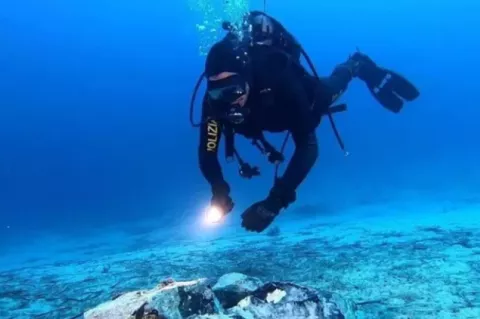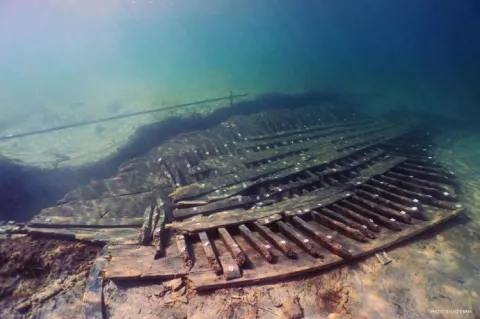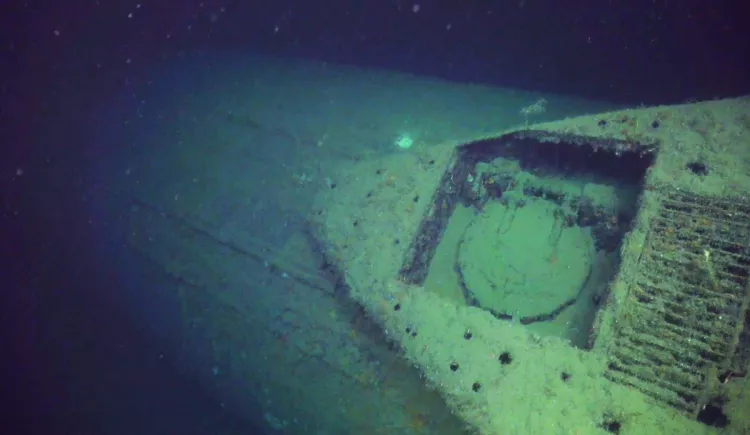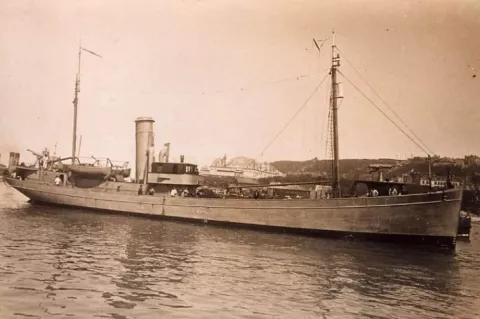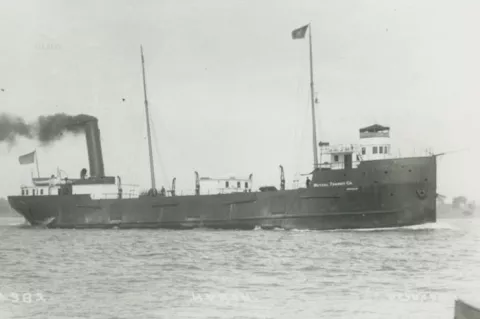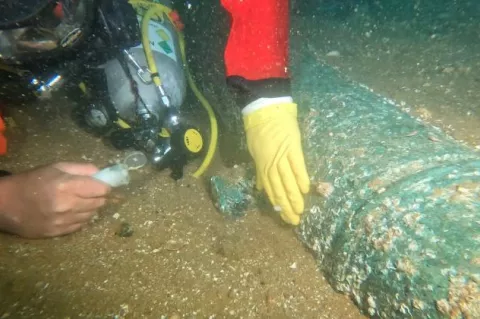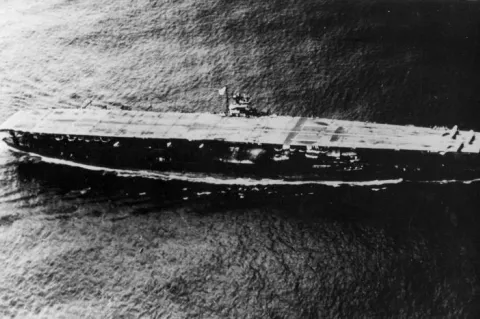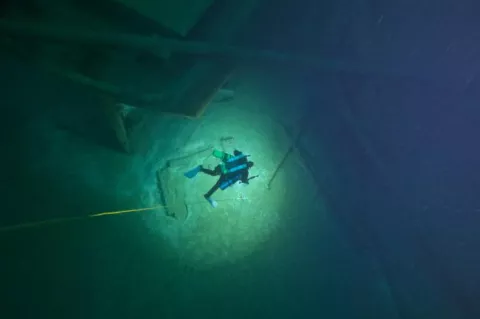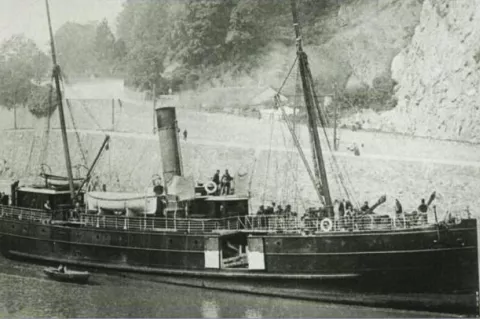Discovery of a potential Neolithic shipwreck off Italy’s coast
The discovery was made near Capri’s famous Blue Grotto, a site historically used as a private bath by Roman emperors. Divers from the Naples Police Headquarters’ underwater unit located the wreck, which contained obsidian core material at a depth of around 40m. One of the cores, showing clear traces of chiselling and carving, measures approximately 28 x 20 x 15 cm and weighs almost 8kg.

